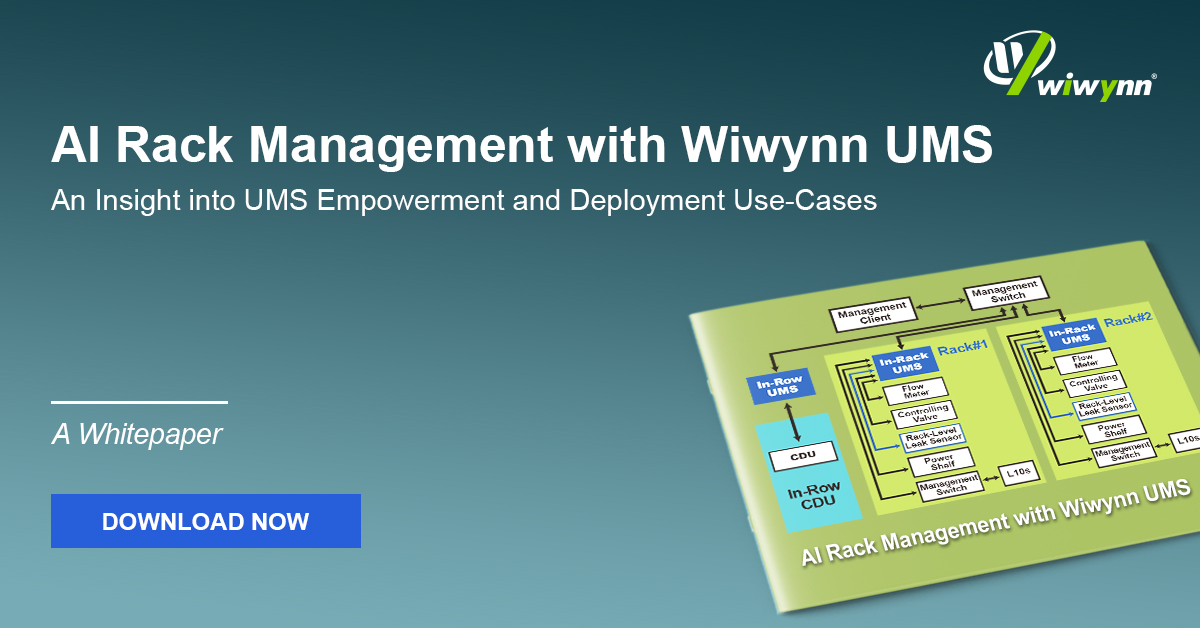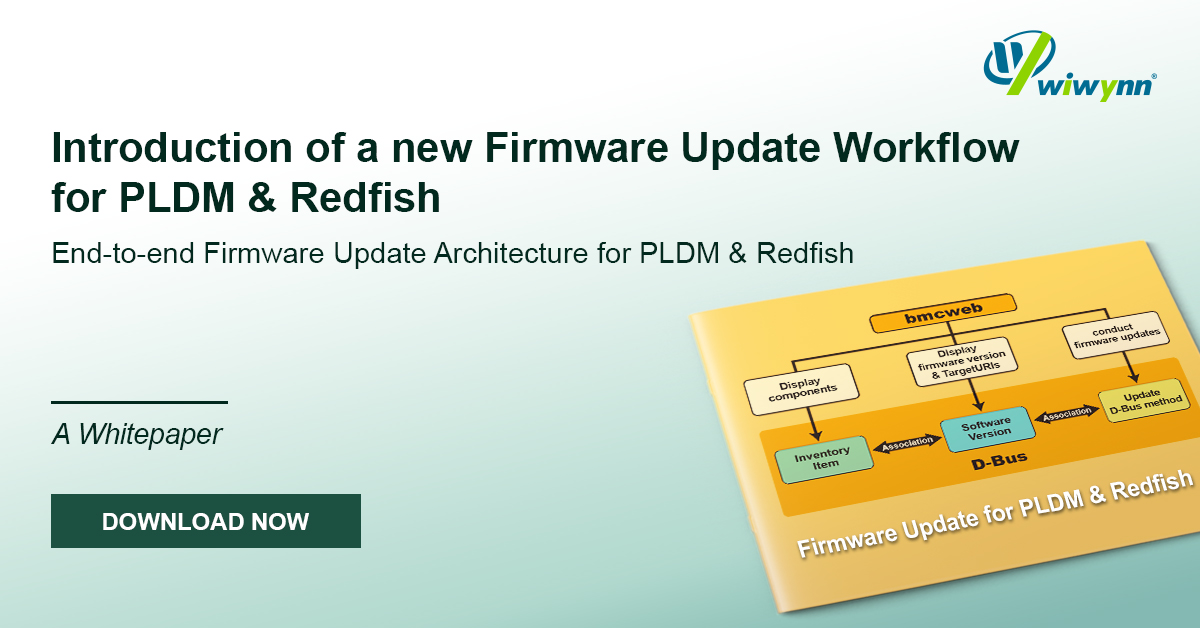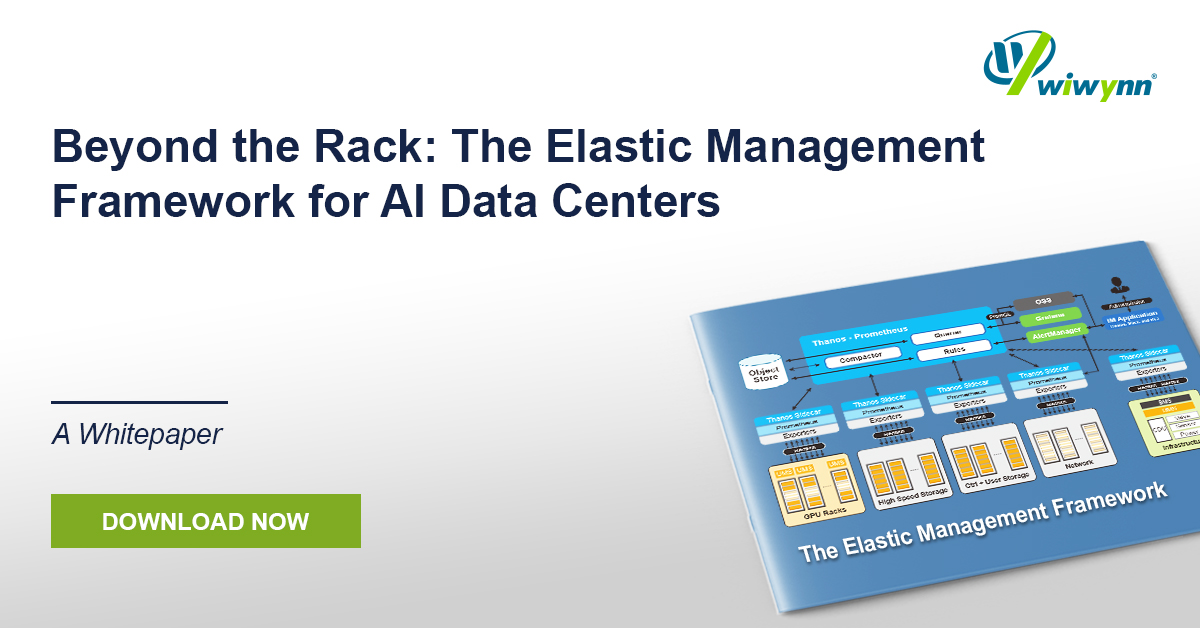1 min read
White Paper: AI Rack Management with Wiwynn UMS
This paper discusses the rapid expansion of AI workloads and the resulting transformation in data center infrastructure requirements. Traditional...

The new communication standard does not only offer the 5G connectivity for people, but also for the sensors, devices, and machines on the Internet of Things (IoT). With the high peak data transfer rates, 5G is up to 20 times faster than 4G. In addition, 5G can transfer data with an extreme low latency of one millisecond and provide nearly as reliable data transfer as wired communication. Its qualities make it possible to play a critical communication role that benefits industry 4.0. Where industry 4.0 applications require high performance, absolutely reliably, and absolutely security, 5G can be implemented wirelessly. 5G opens new fields of application where the performance of other wireless technologies such as WIFI cannot be reached.
In this whitepaper, we want to show the integrated application practice of smart factory based on private 5G deployed in Wiwynn’s factory. We explain, in detail, the usage scenarios of AOI and AMR, and how these applications utilize the advantages of 5G to reduce deployment and maintenance costs. Through 5G, we have, on average, successfully shortened the construction time from months to about one week compared with the traditional AOI wired environment. In terms of AMR, the original manual handling manpower is completely replaced by AMR, and each production line can save several manpower. Lastly, we will highlight how we used the latest intel platform technology to build an efficient 5G platform.
Leave your contact information to download the whitepaper!

1 min read
This paper discusses the rapid expansion of AI workloads and the resulting transformation in data center infrastructure requirements. Traditional...

1 min read
Firmware updates are essential for the BMC system. Each device requires a unique update flow and utilizes different transport protocols, such as I2C...

1 min read
AI clusters using next-generation accelerators (e.g., NVIDIA GB200) push rack power density beyond 130 kW, making air cooling insufficient and...